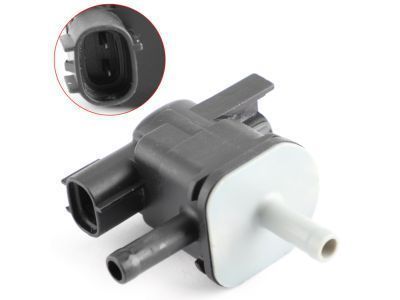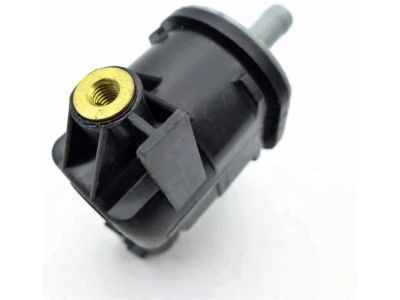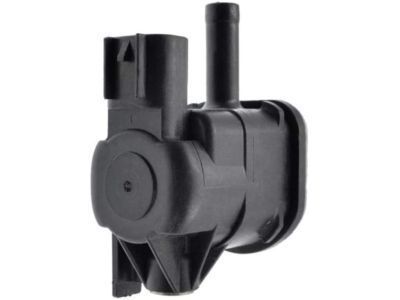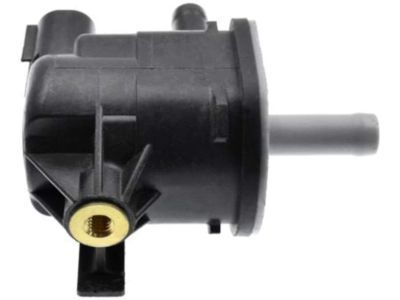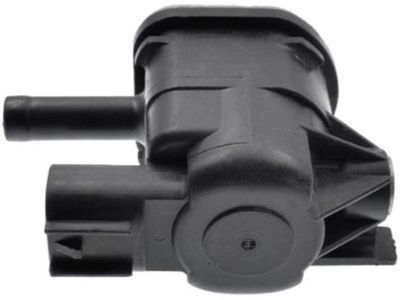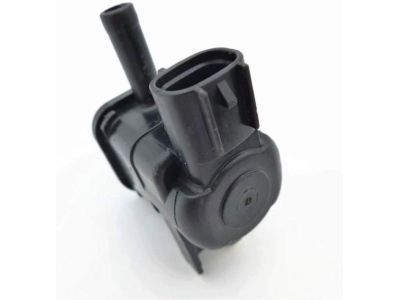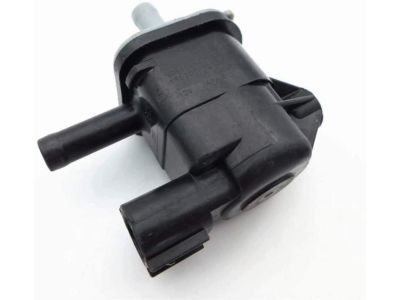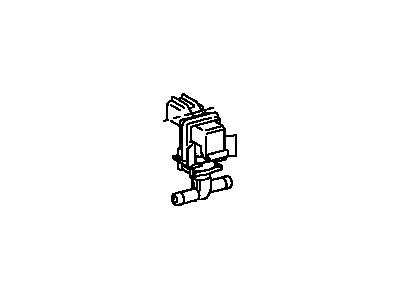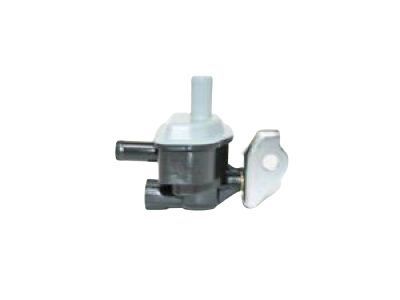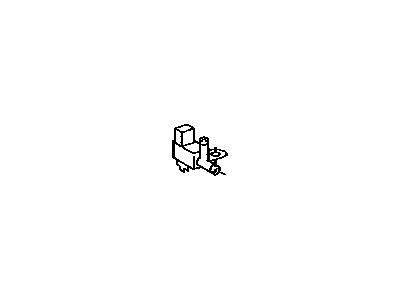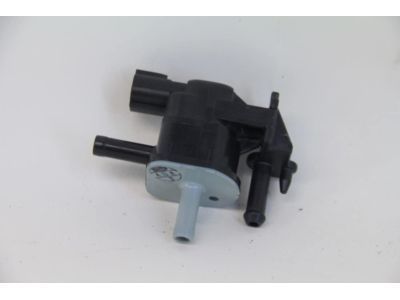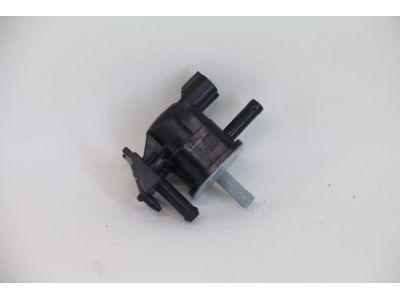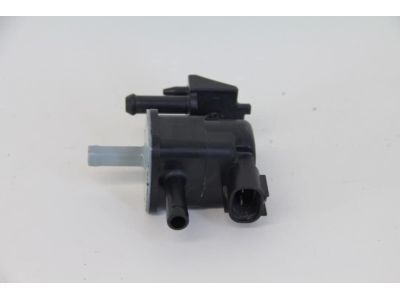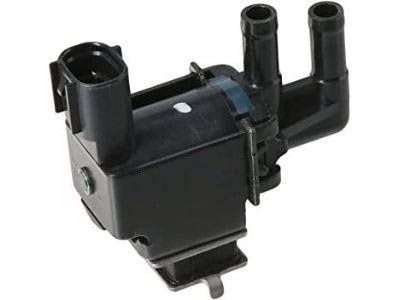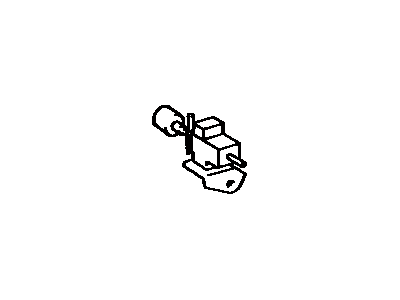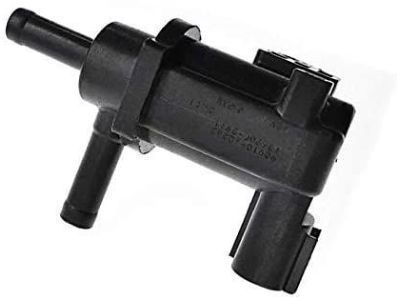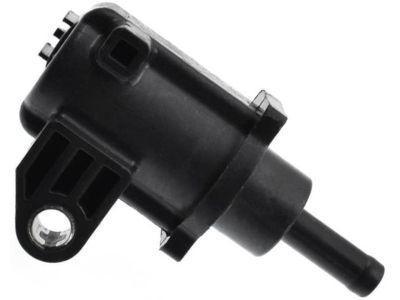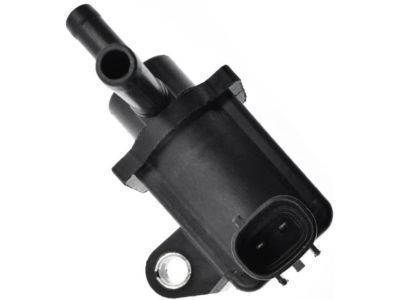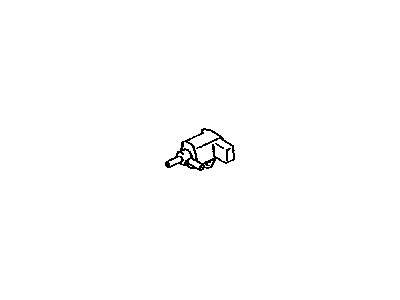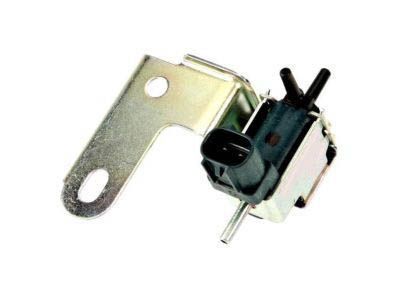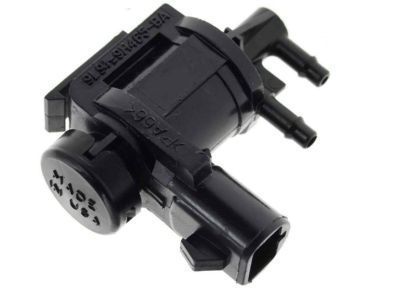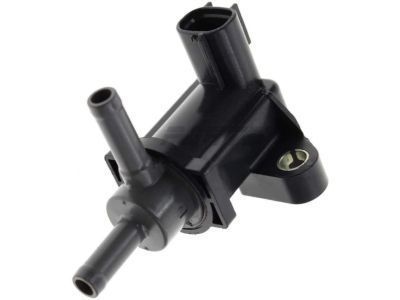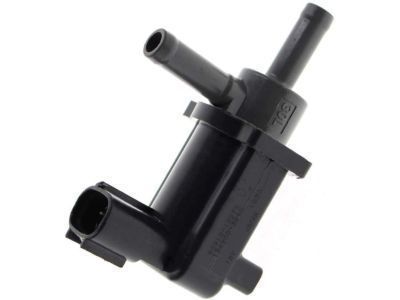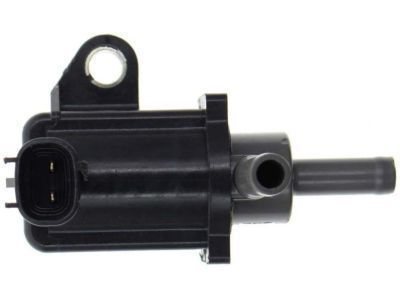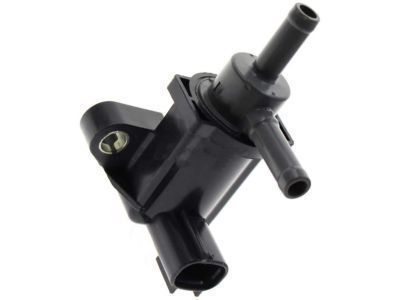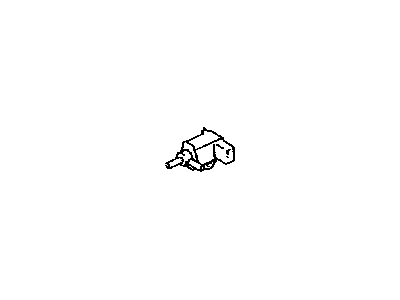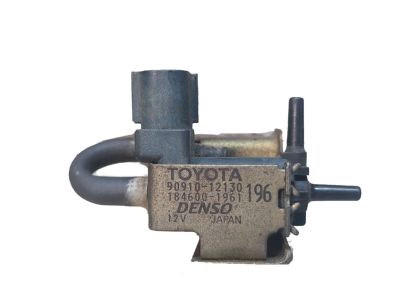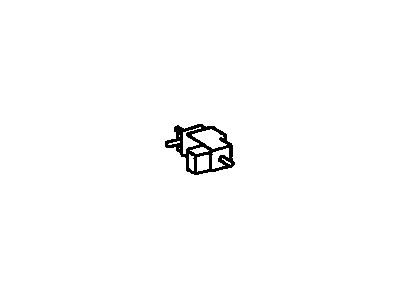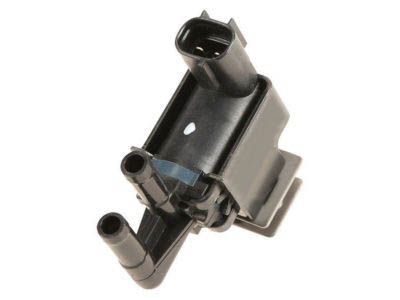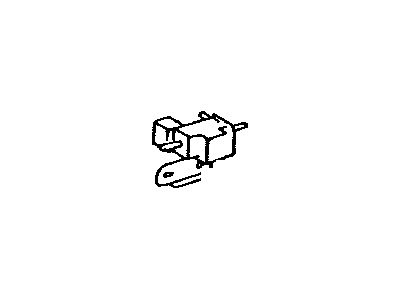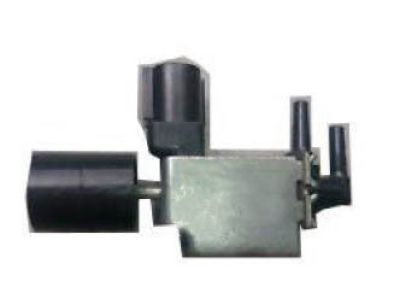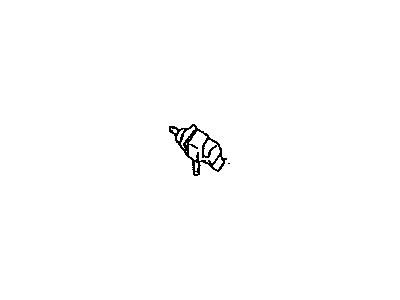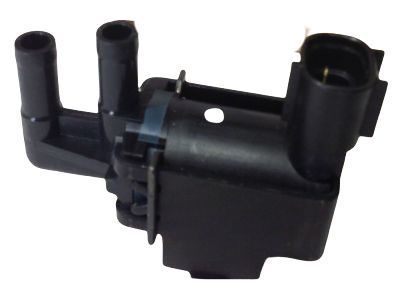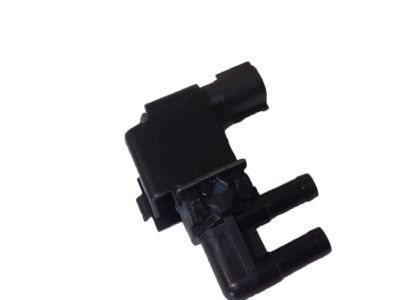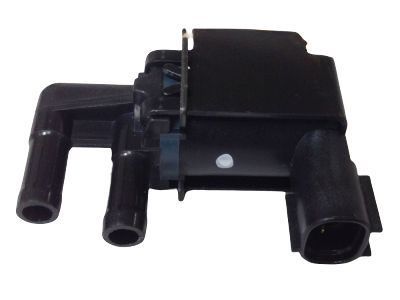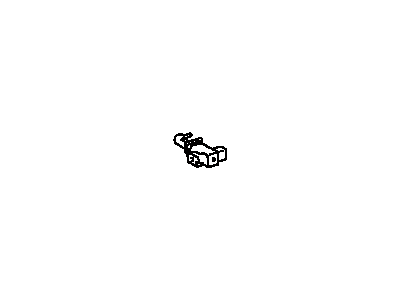

My Garage
My Account
Cart
Genuine Toyota Tacoma Canister Purge Valve
Vapor Canister Purge Valve EVAP- Select Vehicle by Model
- Select Vehicle by VIN
Select Vehicle by Model
orMake
Model
Year
Select Vehicle by VIN
For the most accurate results, select vehicle by your VIN (Vehicle Identification Number).
14 Canister Purge Valves found
Toyota Tacoma Valve, Duty Vacuum Switching
Part Number: 90910-12276$68.07 MSRP: $95.97You Save: $27.90 (30%)Toyota Tacoma Valve Assembly, Vacuum S
Part Number: 25860-0P090$89.43 MSRP: $126.06You Save: $36.63 (30%)Toyota Tacoma Valve, Duty Vacuum Switching
Part Number: 90910-TC001$68.07 MSRP: $95.97You Save: $27.90 (30%)Toyota Tacoma Valve Assy, Vacuum Switching
Part Number: 25860-75230$110.20 MSRP: $155.34You Save: $45.14 (30%)Ships in 1-3 Business DaysToyota Tacoma Valve, Duty Vacuum Switching
Part Number: 90910-12262$83.89 MSRP: $118.25You Save: $34.36 (30%)Ships in 1 Business DayToyota Tacoma Valve Assy, Vacuum Switching
Part Number: 25860-75140$109.85 MSRP: $154.84You Save: $44.99 (30%)Ships in 1-2 Business DaysToyota Tacoma Valve, Duty Vacuum Switching
Part Number: 90910-AC001$83.89 MSRP: $118.25You Save: $34.36 (30%)Ships in 1 Business DayToyota Tacoma Valve, Vacuum Switching
Part Number: 90910-12130$100.64 MSRP: $141.87You Save: $41.23 (30%)Ships in 1-3 Business DaysToyota Tacoma Valve Assy, Vacuum Switching
Part Number: 25860-75100$190.11 MSRP: $272.61You Save: $82.50 (31%)Ships in 1-3 Business DaysToyota Tacoma Valve Assy, Vacuum Switching
Part Number: 25860-0P010$97.81 MSRP: $137.88You Save: $40.07 (30%)Ships in 1-3 Business DaysToyota Tacoma Valve Assy, Vacuum Switching
Part Number: 25860-75160$109.85 MSRP: $154.84You Save: $44.99 (30%)Ships in 1 Business DayToyota Tacoma Valve Assembly, Vacuum S
Part Number: 25860-31110$89.43 MSRP: $126.06You Save: $36.63 (30%)Ships in 1 Business DayToyota Tacoma Valve, Duty Vacuum Switching
Part Number: 90910-12149$83.30 MSRP: $117.41You Save: $34.11 (30%)
Toyota Tacoma Canister Purge Valve
If you are in demand for superior quality and affordable OEM Toyota Tacoma Canister Purge Valve, then shop with us! We own a wide range of the reduced-priced genuine Toyota Tacoma Canister Purge Valve. You can purchase in confidence as all parts come with a manufacturer's warranty. Any issues with our products? No need to worry as we have a hassle-free return policy to guide you every step of the way.
Toyota Tacoma Canister Purge Valve Parts Questions & Experts Answers
- Q: How to replace Canister Purge Valve and Vapor Canister on 2005 through 2009 Toyota Tacoma?A:It is a known fact that in components such as the fuel tank and intake manifold, gasoline retained while the engine is off either in the fuel tank or stored in components of the infused fuel system like the intake manifold warms up and evaporizes creating unburned hydrocarbon fuel vapors that otherwise would waste gas and pollute the air if let out. The EVAP system uses three vacuum hoses to collectively pull vapors that are from the fuel tank, throttle body, and intake manifold and store them in the charcoal canister until the car is back in use again. This canister that is packed with activated charcoal, acts to sop these vapors. When the engine is running, it expels the vapors into the intake manifold combining them with the incoming combustible air-fuel ratio. It mainly consists of an air filter, a canister, a pump module, refueling valve, and purge valve and the most of them are placed under the car near the canister. The fuel vapor purge control valve controls the amount of fuel vapor from the fuel tank to the canister during purge and refueling modes and the fuel vapor check valve minimizes the amount of vacuum that draws fuel vapors into the canister. This again blows fresh air from the atmosphere through the air filter, into the canister to replace expelled vapour. In the pump module, the vapor pressure sensor checks on the pressure and throws the switch to PCM to turn on the purge valve whenever the pressure builds up. Under favorable circumstances, the PCM sends a signal to open the purge valve, and gets the burned vapors to be drawn by the engine while fresh air replaces the purged vapors. The PCM also carries out a leakage test on the system with the aid of the vacuum pump and the vapor pressure sensor and retaining a Diagnostic Trouble Code if any. For the component replacement, the EVAP canister purge valve is on the left side of the intake manifold next to the EVAP canister with hoses connected to it first needs to be disconnected then the valve can be removed. The EVAP canister air filter is placed close to the canister, and the fresh air hose is from the filter; the replacement involves the removal of the ABS harness bracket and disconnecting of the hoses. To replace the EVAP canister and refueling valve the car has to be lifted, the air filter has to be unscrewed and set aside, several electrical connectors and hoses had to be disconnected and the canister has to be unbolted in order to be removed. The pump module is reached by pulling the EVAP canister (Figure 5, 6 & 7), disconnecting hoses and unbolting the module from the canister and vice-versa for installation.
Related Toyota Tacoma Parts
Browse by Year
2023 Canister Purge Valve 2022 Canister Purge Valve 2021 Canister Purge Valve 2020 Canister Purge Valve 2019 Canister Purge Valve 2018 Canister Purge Valve 2017 Canister Purge Valve 2016 Canister Purge Valve 2015 Canister Purge Valve 2014 Canister Purge Valve 2013 Canister Purge Valve 2012 Canister Purge Valve 2011 Canister Purge Valve 2010 Canister Purge Valve 2009 Canister Purge Valve 2008 Canister Purge Valve 2007 Canister Purge Valve 2006 Canister Purge Valve 2005 Canister Purge Valve 2004 Canister Purge Valve 2003 Canister Purge Valve 2002 Canister Purge Valve 2001 Canister Purge Valve 2000 Canister Purge Valve 1999 Canister Purge Valve 1998 Canister Purge Valve 1997 Canister Purge Valve 1996 Canister Purge Valve 1995 Canister Purge Valve
